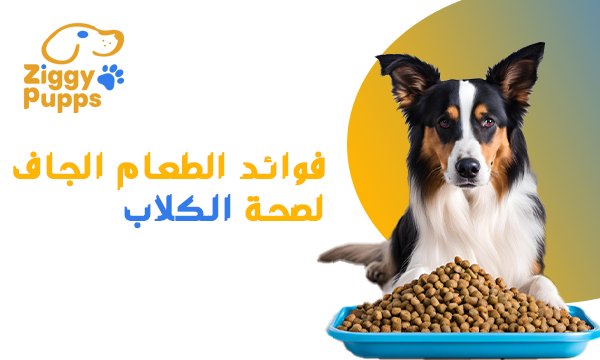Choosing the right dry food for your cat can feel overwhelming with so many options on the market. Each cat has unique nutritional needs depending on their age, health, and lifestyle. Here, we'll break down the essential factors to help you make an informed decision and ensure your feline friend stays healthy and happy.
1. Consider Your Cat’s Age and Life Stage
Cats have different dietary needs at various stages of life:
- Kittens need more protein and fat to support their rapid growth.
- Adult cats require balanced nutrition to maintain weight and health.
- Senior cats often need fewer calories and more easily digestible food.
Look for food labels that specify the life stage, like "Kitten," "Adult," or "Senior," to ensure you're giving your cat the right nutrients for their age.
2. Check the Protein Source
Cats are obligate carnivores, meaning they need animal-based proteins to thrive. When choosing a dry food, look for real meat as the first ingredient, like chicken, turkey, or fish. This will provide the high-quality protein your cat needs for muscle maintenance and overall health. Avoid foods with vague labels like "meat meal" or "by-products" as primary ingredients, as these are often less nutritious.
3. Focus on Essential Nutrients
Cats need specific nutrients that may not be present in all dry foods. Key nutrients include:
- Taurine: Essential for heart and eye health.
- Omega fatty acids: Help with a healthy coat and skin.
- Vitamins and minerals: Support overall health and immunity.
High-quality cat foods often include these nutrients, but double-check to ensure they're listed on the packaging.
4. Avoid Fillers and Artificial Additives
Some lower-quality dry foods use fillers like corn, wheat, or soy, which don't provide much nutritional value and can cause digestive issues in some cats. Additionally, avoid artificial colors, flavors, and preservatives. Instead, look for natural options with no unnecessary additives.
5. Look at Calorie Content
Obesity is a common issue in cats, and dry food can be calorie-dense. Check the calorie content per serving and adjust portion sizes according to your cat's age, activity level, and weight. Many brands provide feeding guidelines on the packaging, but it's essential to monitor your cat's weight and adjust accordingly.
6. Consider Your Cat’s Health Needs
If your cat has specific health issues, you may need specialized food. For instance:
- Cats with sensitive stomachs may benefit from foods with limited ingredients.
- Senior cats often benefit from low-calorie options to prevent obesity.
- Urinary tract health can be supported by food that promotes urinary health.
Ask your vet if your cat has any special dietary requirements and look for foods that target those needs.
7. Monitor for Allergies or Food Sensitivities
If you notice your cat scratching, experiencing hair loss, or having digestive issues, they may be sensitive to an ingredient. Try foods with a single protein source or limited ingredient diets to identify any potential allergies.
8. Choose a Reputable Brand
Opt for trusted brands that follow rigorous quality control standards. These brands typically prioritize sourcing high-quality ingredients and conduct thorough testing to ensure their products meet your cat’s dietary needs.
9. Check Reviews and Ask for Recommendations
Reading reviews from other cat owners can provide valuable insights into the effectiveness and appeal of a specific brand or formula. You may also want to ask your vet or other cat parents for recommendations based on their experiences.
Conclusion
Choosing the right dry food for your cat is a crucial step in keeping them healthy and thriving. By considering factors like age, protein source, nutrient content, and health needs, you can find a dry food that your cat loves and that supports their well-being. Always introduce any new food gradually to help your cat adjust, and consult your vet if you have any concerns about their diet.
The right food can make all the difference in your cat's life, helping them stay energetic, happy, and healthy.





